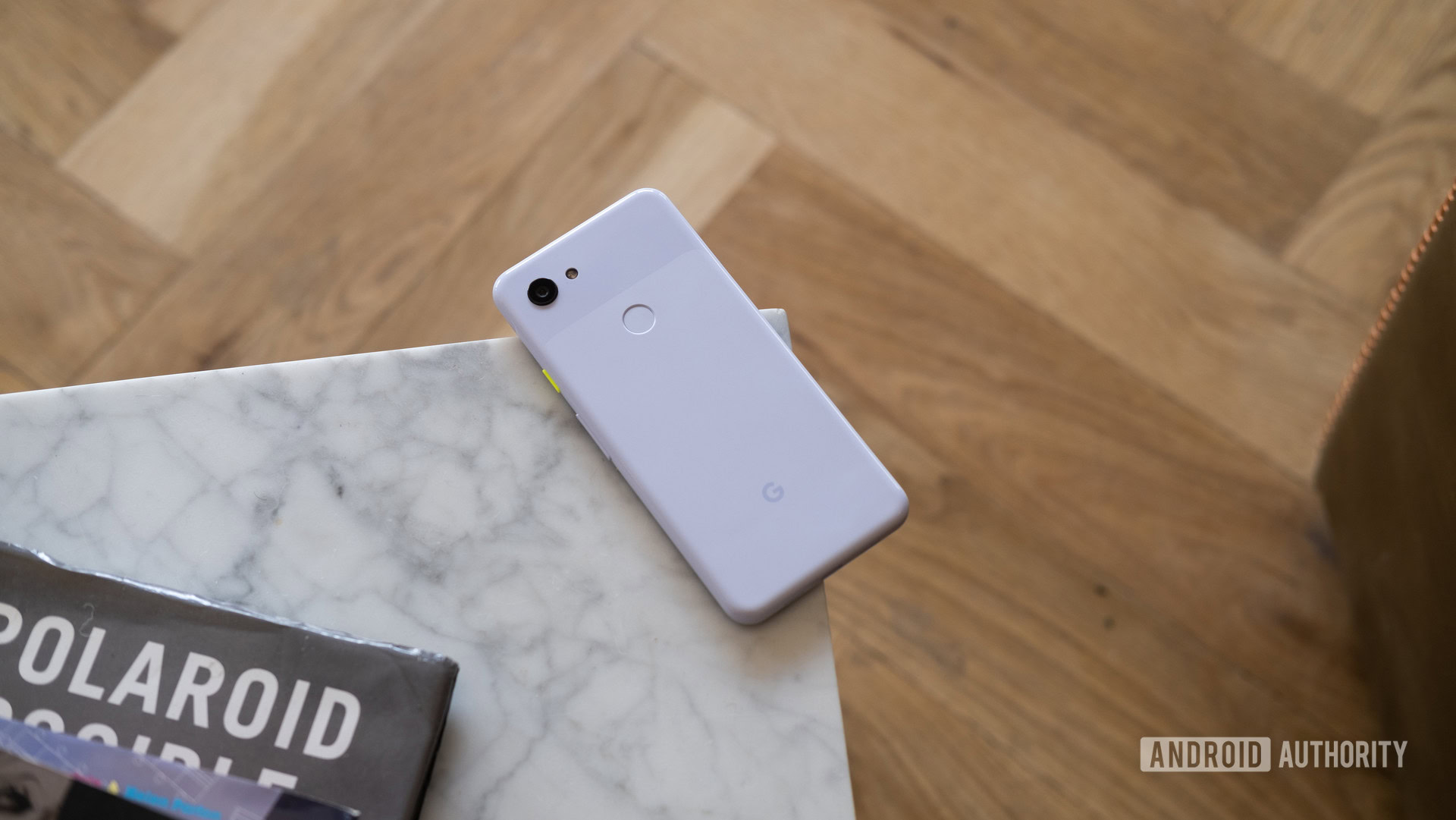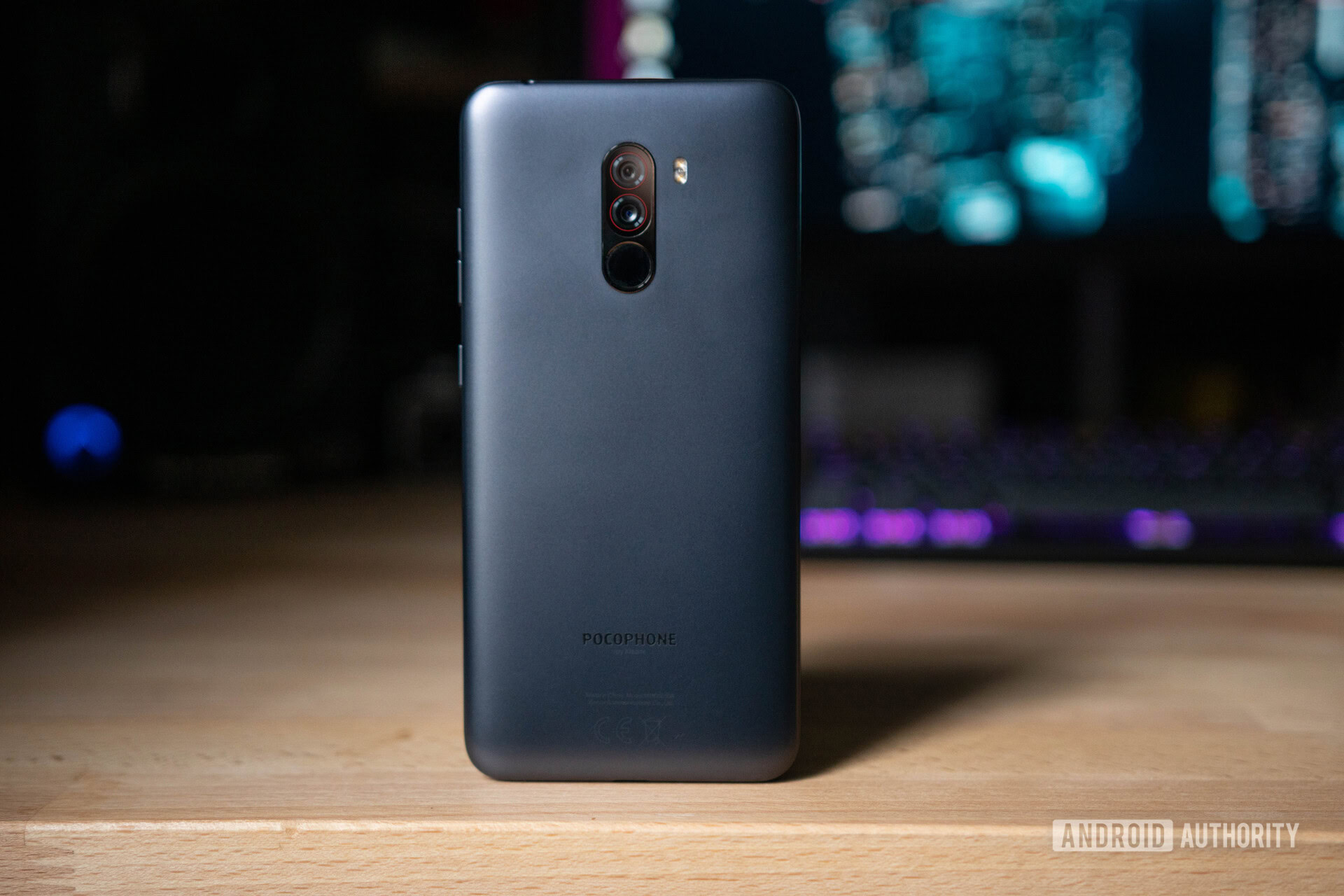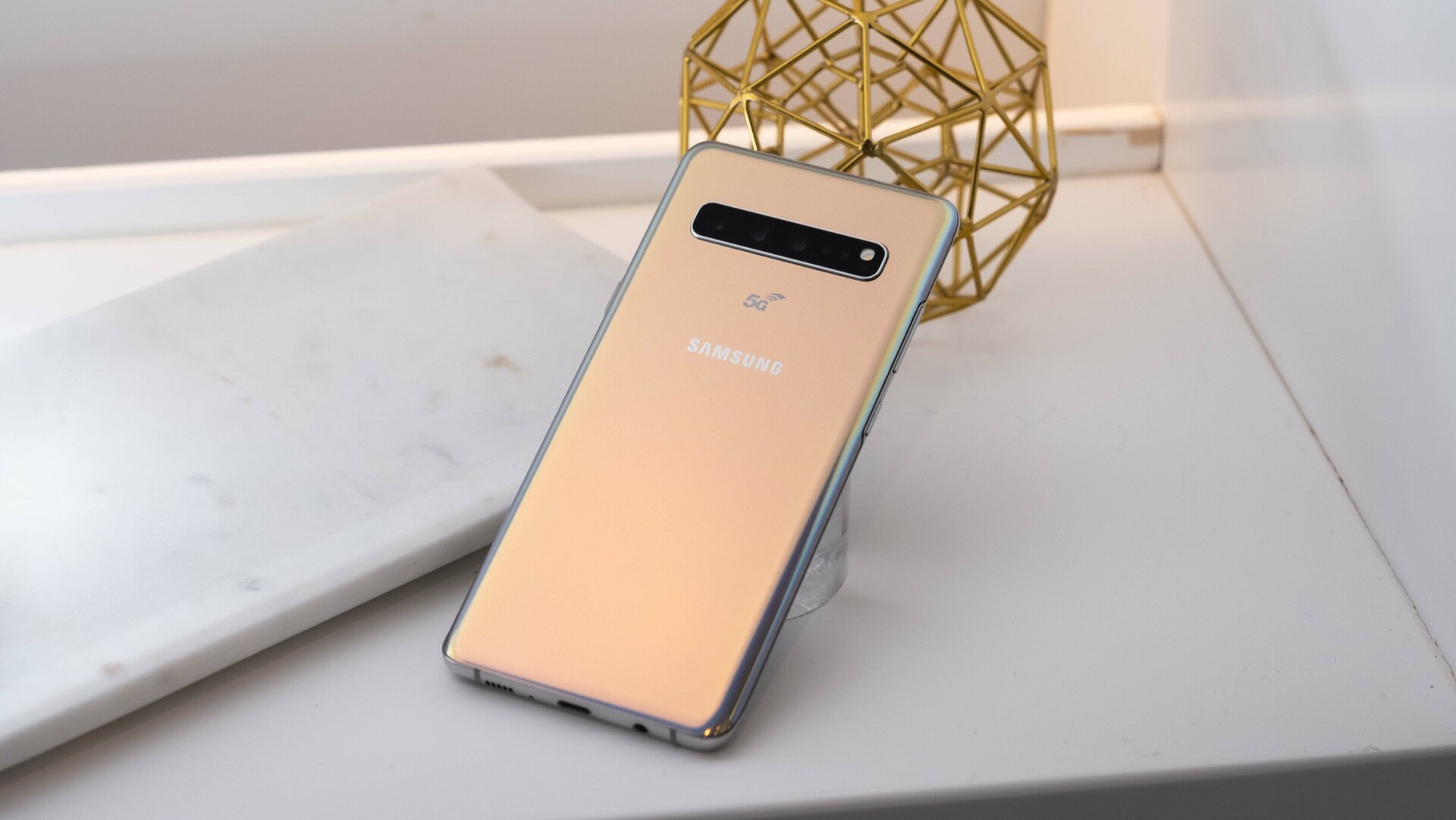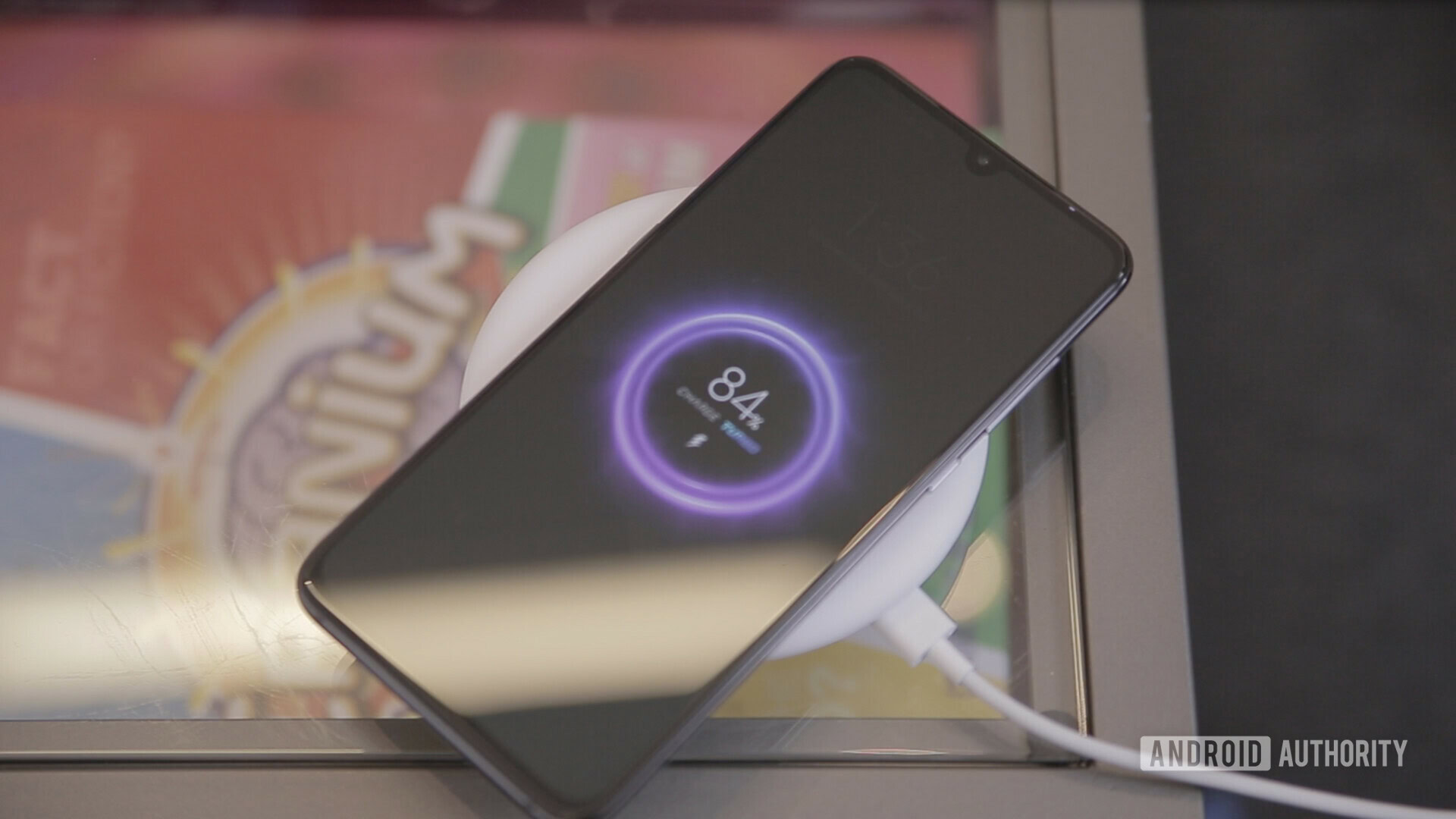Affiliate links on Android Authority may earn us a commission. Learn more.
Bring back plastic phones.
The Google Pixel 3a and Xiaomi POCOphone F1 are two very different phones, but they have one key thing in common.
They’re plastic.
Somewhere in this strange timeline of ours, we decided that glass phones were in, and plastic phones were out. Cell phones became fashion pieces, proving to our friends that we could afford such luxuries, with a premium “feel in the hand” becoming a significant factor in reviews.
At this point, I think we can all agree we’re a little tired of these fragile little pocket computers. Nearly everywhere I look, there’s some poor chap with a smashed phone. Between the screen and the back of most smartphones, there’s a lot of glass in these things. And even though I appreciate a classy-looking phone, I think we can all agree that plastic isn’t as bad as people make it out to be.
The other day, Ryan-Thomas and I got into a conversation about this very topic. We discussed the Pixel 3a and Popophone F1 in length and came to the conclusion that we should be making our case for plastic phones to make a comeback.

They’re light and durable (David)
The first time I picked up a Google Pixel 3a, I was blown away by how light it was. This thing felt like a feather in my hand, especially compared to the recent jumbo-sized phones I’ve been reviewing like the OnePlus 7 Pro and Samsung Galaxy S10 Plus. This point is clearly debatable in importance. Some people would love for their phones to be weighty, but carrying around my 60 pound backpack all day, I’ll tell you that I truly appreciate lightweight technology.
The weight also factors into durability. I dropped the Pixel 3a multiple times throughout my review process, and it came away looking pristine every time. I don’t use cases when reviewing phones, specifically to test real-world durability. I felt much less concerned about breaking this device vs something like the Samsung Galaxy S10 Plus. If we’re going to be turning devices into fashion pieces, it would be nice if we could actually see the darn things, without worrying about cracks. Nearly everyone uses a case nowadays, and if you don’t, I’m betting your phone looks like that poor chap’s phone I mentioned earlier.

You get more performance for less cash (Ryan)
Devices up and down the price spectrum are made of “premium” materials these days: metal and glass. The issue is a lot of the phones lower down the spectrum are sacrificing specs and features to make up for the extra cost of manufacturing. Devices such as the POCOphone F1 and Pixel 3a challenge this trend and, instead, use more cost-effective polycarbonate-composite casings for their chassis. This frees up cost and allows for better internal hardware.

The F1, at the time of its release, sported specs that competed head to head with the most expensive flagships. The F1 also cost 30 percent of what those flagships did at the time. Performance specifications such as the SoC, battery capacity, and RAM contribute far more to product longevity than how rounded the corners are, or how thin the device is. Most people use cases on their devices anyway, making you wonder what the point of flashy exteriors is.

They’re 5G ready (David)
Almost every glass phone is held together by a metal rim. Unfortunately, mmWave technology uses such a low wavelength that getting through aluminum and other metals is pretty much impossible. Most 5G devices will use four different antennas on the top, bottom, left, and right sides and glass phones have had to play some clever tricks to get the new generation of tech to work.
New tech in a cheap phone? Sign us up.
On the Samsung Galaxy S10 5G, Samsung had to make the metal rim of the phone much thinner in order to get the signal out of the device. This means even more glass curved around the phone, and even more opportunities to crack. 5G is still a very new technology and will clearly drive up the price of a device (as we’ve seen in Samsung’s Galaxy S10 5G), but once it’s matured it would be nice to get the tech into cheaper devices as well. Plastic is a great way to do that.

You don’t miss out on creature comforts (Ryan)
Wireless charging and water resistance are typically attributed to glass-backed smartphones. The thing is, plastic can also hold those traits. A legendary phone, the Nexus 5, had wireless charging through its soft-touch plastic backing. The game-changing Galaxy S5 had IP67 water and dust resistance with its removable plastic back. These features that we hate to miss out on do not have to go away just because we want to spend less on our smartphones.
In the end, whether or not you like plastic phones is clearly up to preference. Some people like weighty devices. Some like showing off the pristine curves and artful design that glass phones have presented. But it’s hard to deny the benefits of making a device out of polycarbonate, and after using the Pixel 3a, we’d be happy to see more plastic devices dropping on the market.